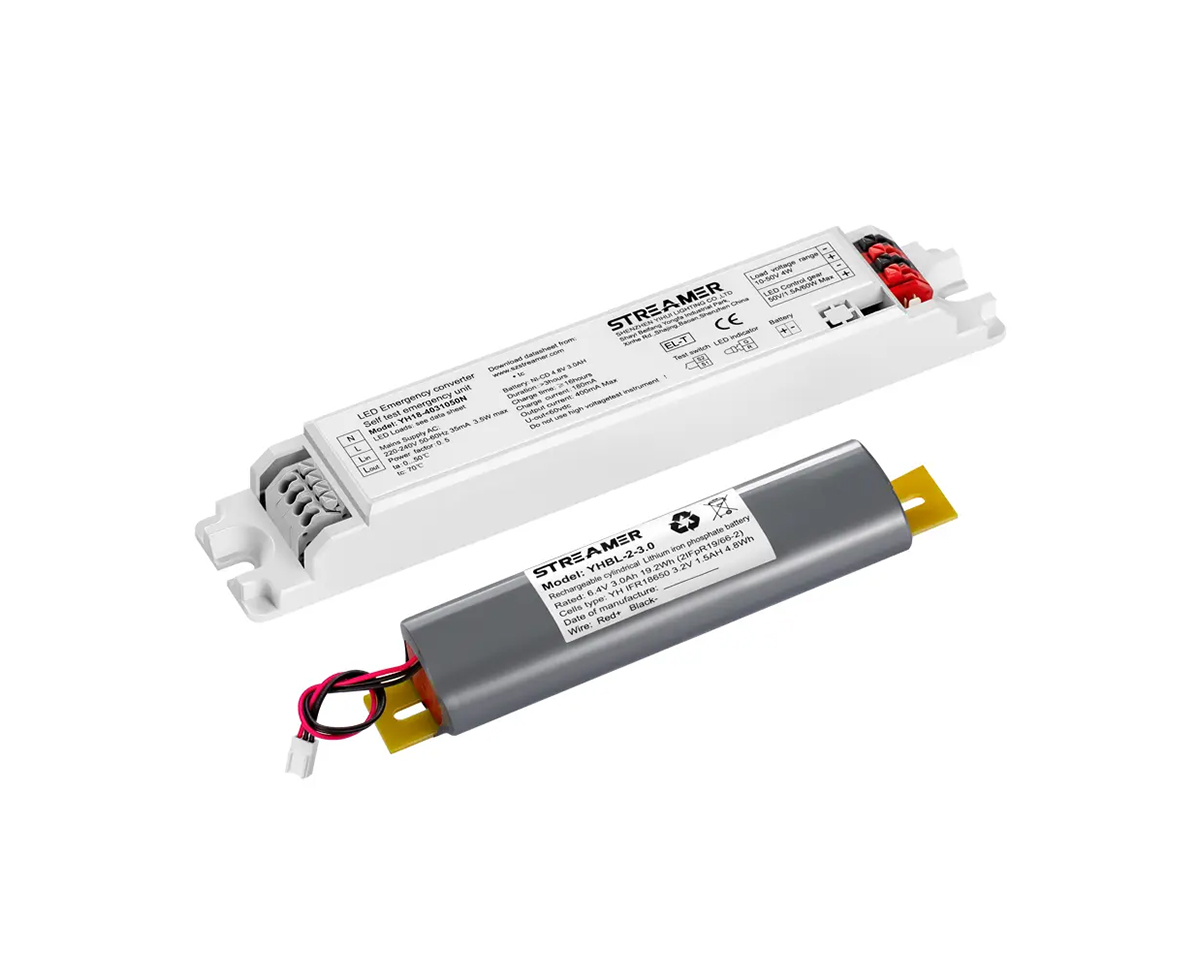 1
1
 Apr 04, 2025
Apr 04, 2025

LED driver power supplies are prone to failures, which can disrupt the operation of LED lighting systems. Understanding the common causes of these failures is crucial for effective troubleshooting and improving the reliability of future designs.
One of the most common causes of LED driver power supply failure is component degradation. As mentioned earlier, capacitors are particularly vulnerable. Electrolytic capacitors, which are widely used in power supply circuits for filtering and energy storage, can experience a decrease in capacitance over time due to factors such as high operating temperatures and long - term use. This can lead to voltage fluctuations in the driver circuit, affecting the performance of the LEDs. In some cases, the capacitor may even burst, causing a short - circuit or an open - circuit in the power supply. Inductors in the driver circuit can also fail. Over - current or excessive heat can cause the inductor's magnetic core to saturate, leading to a loss of inductance and abnormal operation of the power supply. Resistors may change their resistance value due to over - heating or aging, which can also disrupt the proper functioning of the driver circuit.
Electrical over - stresses are another significant cause of LED driver power supply failure. Over - voltage events can occur when there are power surges in the mains supply or when the driver is connected to an incorrect voltage source. A high - voltage spike can damage sensitive semiconductor components in the driver, such as integrated circuits (ICs) and power transistors. Over - current can also happen if the load connected to the driver, i.e., the LEDs, experiences a short - circuit or if the driver's control circuit malfunctions and fails to regulate the current properly. The resulting excessive current can overheat and burn out components in the power supply.
Thermal issues are closely related to the failure of LED driver power supplies. Since LED drivers generate heat during operation, if the heat is not effectively dissipated, the temperature of the components can rise to levels that exceed their maximum rated temperatures. This can accelerate the degradation of components and lead to premature failure. Inadequate heat sink design, poor ventilation, or high ambient temperatures can all contribute to thermal problems. In some cases, the thermal protection mechanism in the driver may not function properly, allowing the components to overheat without shutting down the power supply.
Environmental factors can also play a role in the failure of LED driver power supplies. High humidity can cause corrosion of metal components in the driver, especially if there are exposed electrical contacts. This can lead to poor electrical connections and eventually component failure. Exposure to dust and dirt can accumulate on the components, blocking the air flow and reducing the efficiency of heat dissipation. In industrial or outdoor environments, exposure to chemicals or pollutants can also damage the components over time. Additionally, mechanical stress, such as vibrations or physical impacts, can cause components to become loose or damaged, resulting in power supply failures. By analyzing the root causes of LED driver power supply failures, designers can take appropriate measures to improve the reliability of these power supplies, such as using higher - quality components, implementing better thermal management, and enhancing protection features against electrical over - stresses and environmental factors.